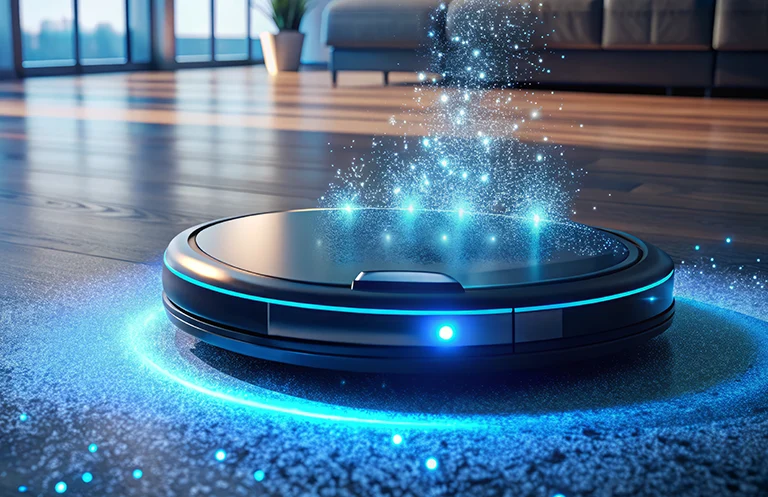Paving the Way for Immersive Experiences…
Extended Reality (XR) that includes Virtual Reality (VR), Mixed Reality (MR), and Augmented Reality (AR), is transforming how we engage with and experience technology. By blending the physical and virtual worlds, XR opens a universe of possibilities, transforming shopping, entertainment, real estate, and more. Let’s explore how XR redefines the consumer experience and the innovative technologies driving its adoption.
The Growth of XR: A Look Ahead to the Future
The Extended Reality (XR) market, valued at USD 106.58 billion in 2023, is poised for remarkable growth. By 2030, it is projected to soar to USD 473.39 billion, driven by a robust CAGR of 35.94% from 2024 to 2030. This growth is fueled by advancements in hardware like Virtual Reality (VR) headsets and Augmented Reality (AR) glasses, robust 5G networks, and AI-powered immersive content. Consumers are leading this shift, with businesses tapping into XR to enhance customer engagement and personalization. The future promises even greater innovation—think wearable AR devices, haptic feedback for a realistic touch, and AI-driven virtual assistants for shopping or travel. XR has evolved from being just a trend to becoming an integral part of our daily lives.
1. Retail Reinvented: The AR and VR Shopping Revolution
No more guessing how a product will look in your home or on you. AR and VR are revolutionizing retail by merging physical and digital shopping environments to create a seamless experience.
Virtual Try-Ons: Picture trying clothes, accessories, or makeup without ever visiting a store. AR platforms such as Apple’s ARKit and Google’s ARCore allow customers to visualize how products will appear in their surroundings or on them. Brands like Sephora and Gucci use AR apps for virtual try-ons, making the ‘try-before-you-buy’ experience more accessible and convenient.
Immersive Showrooms: VR platforms such as Matterport allow customers to experience virtual showrooms from the convenience of their homes. Whether you’re browsing a car catalog or visualizing luxury furniture in 3D, these tools combine convenience with interactivity, revolutionizing online shopping.
Check- Smart Retail Solution Brochure
2. Transforming Entertainment: Gaming and Beyond
The gaming industry has been a pioneer in leveraging XR technology, crafting immersive experiences that captivate players in ways previously unseen. Its potential goes well beyond gaming.
Virtual Reality Gaming: VR headsets such as Oculus Rift and PlayStation VR immerse players in entirely new worlds. Games like Beat Saber and Half-Life: Alyx take traditional gameplay to the next level, turning players into active participants and immersing them in dynamic, interactive experiences.
AR and MR Experiences: Games like Pokémon GO and Harry Potter: Wizards Unite blend virtual elements with the real world, bringing a sense of magic to our everyday surroundings. Mixed Reality (MR) platforms like Microsoft Mesh go a step further, enabling collaborative and social XR spaces where users can connect, create, and play in blended physical and digital worlds.
3. Personalized Content and Media Consumption: The XR Entertainment Revolution
XR technologies are making content consumption more personalized, immersive, and engaging than ever, revolutionizing the way we interact with media.
Immersive Media: Platforms like YouTube VR and VeeR VR offer 360-degree videos, allowing users to feel part of concerts, events, or documentaries. Rather than just observing, viewers can control their viewpoint, offering a fully immersive experience.
Interactive Advertising: AR-driven ads are revolutionizing marketing by making campaigns interactive. Tools like Instagram Filters and Snapchat Lenses let users virtually try products—like sunglasses or cosmetics—before purchasing them directly, creating a seamless shopping journey.
4. Real Estate Simplified: Virtual Tours and AR Design
Buying or renovating a home is no small task, but XR is simplifying the process by making it more visual and intuitive.
Virtual Home Tours: VR platforms such as Matterport and EyeSpy360 enable prospective buyers to explore properties from anywhere in the world. Walking through a 3D replica of a home provides a near-real experience, saving time and effort.
AR for Home Design: Apps like IKEA Place and Houzz allow homeowners to overlay furniture or décor in their space, helping them plan layouts before committing to a purchase. This intuitive visualization ensures perfect results every time.
The Future is XR
XR technologies like AR, VR, and MR are reshaping the consumer domain, transforming how we shop, learn, and connect. These immersive technologies are creating new opportunities, transforming everyday experiences into more interactive and engaging ones. The question is no longer whether XR will change our lives but how far it will take us.
eInfochips drives this transformation with expertise in AR, VR, and MR consulting, development, and content creation. We help businesses create virtual product demos, immersive training, and interactive brand experiences. From AR-enabled mobile experiences to MR-powered hybrid environments, we deliver cutting-edge solutions that blend innovation, design thinking, and AI to redefine the boundaries of digital engagement.
Know More: Consumer Electronics Design And Engineering Services












